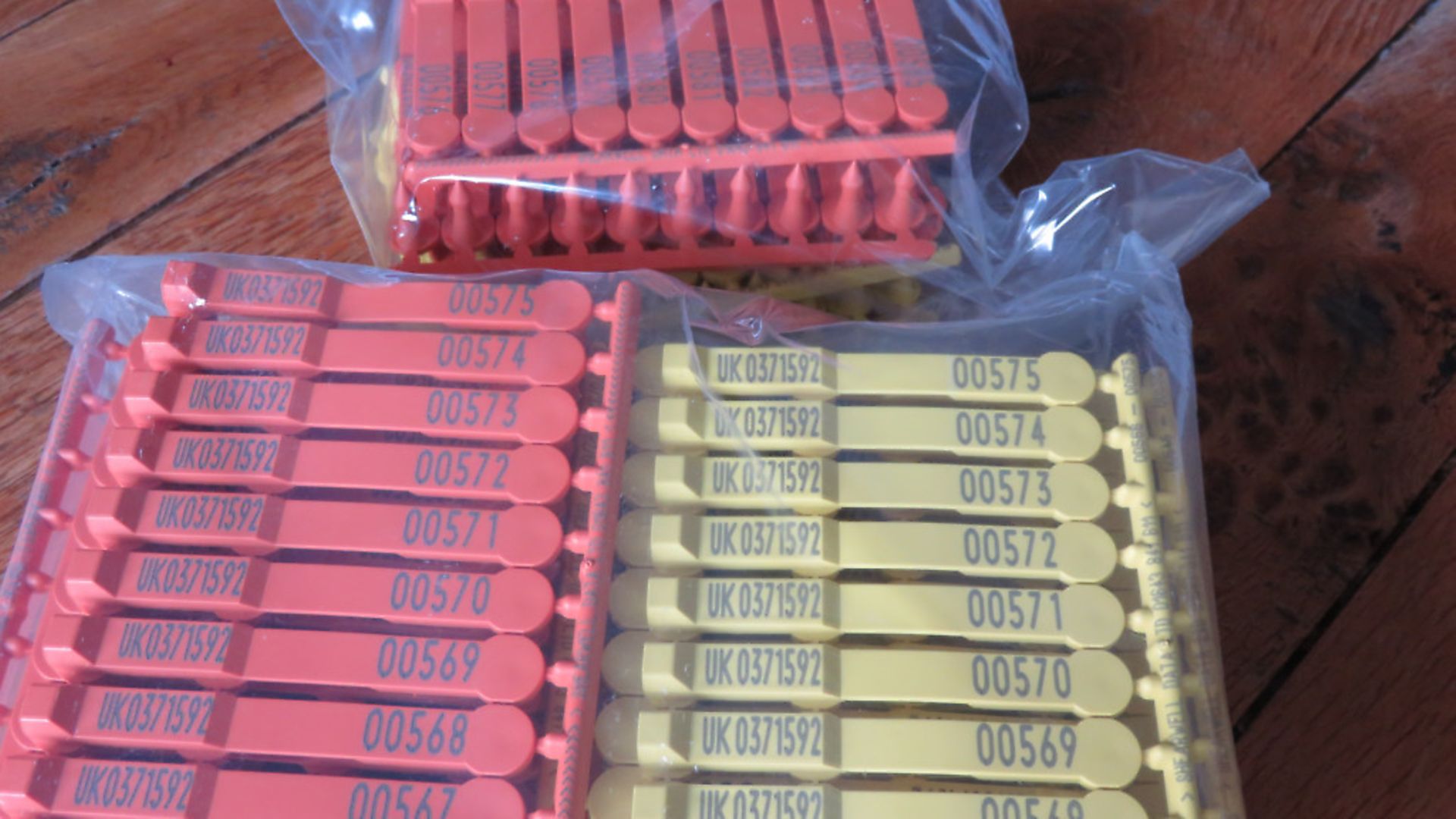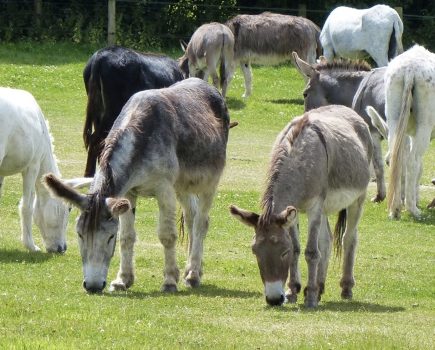Debbie Kingsley outlines the rules and regulations for smallholding – this month identifying your sheep or goats

In governmental and farming parlance, identifying your livestock doesn’t mean being able to tell which of your sheep is Rosie or Roberta because one has a pretty blotch of brown on its back, but having the appropriate ear tags in place. If Rosie and Roberta were both born on your holding, are intended for keeping over a year (and are now nine months or older), they will have a natty pair of ear tags, one yellow with an electronic chip, the other a different colour, both sporting your flock mark (see CS Spring issue) and their very own individual number too.
There’s no one rule
The rules for identifying sheep, pigs, goats and cattle vary, so you will need to acquaint yourself with the rules for each of the species you keep. You cannot, for example, use the same tags on pigs or cows as you do for sheep.
Sheep and Goat identifiers
You need to apply two identifiers (normally ear tags) to sheep kept or sold for breeding and any to be kept over 12 months. One of the identifiers must be EID (electronic identification) and will be yellow and contain an electronic scannable chip, the other is called the visual identifier and can be any colour that your chosen ear tag supplier produces, other than yellow, black or red, and must have the same details on it as the EID. Yellow EID ear tags should, where possible, be attached to the left ear. Goats aren’t required to have an EID, but must have two tags.
Identifiers are typically ear tags, but one of the two required identifiers can also be a pastern (leg band), a bolus (an EID which is ingested by the animal and can be scanned), or for goats only, an injectable EID that can be scanned. For detailed guidance on which identifier combinations are allowed, click here.
You must identify your sheep and goats within six months of birth if they’re housed overnight (unlikely for most smallholders), within nine months of birth if they’re not housed overnight, and before you move them off their holding of birth if this is sooner. In an emergency you can take an unidentified animal off your holding to a vet, but must identify the animal as soon as it’s back home (and the move must be registered in your holding register, which we’ll look at in a future article).
Your sheep or goats will be rejected if they aren’t correctly identified when they arrive at a market or abattoir. For animals intended for slaughter before 12 months of age, you can apply a single EID slaughter tag; if you decide to keep a lamb or kid beyond a year old, you must replace its single tag with two adult identifiers before its first birthday.
Replacing lost or damaged identifiers
If you discover a tag has been lost or damaged, you must replace it within 28 days of noticing that it was lost or damaged. Options for replacing tags are the subject of much debate on social media and between sheep and goat keepers. The definitive guidance is given in the table here. Remember that it is your responsibility to keep up to date with identification requirements.
Image(s) provided by:
Archant







